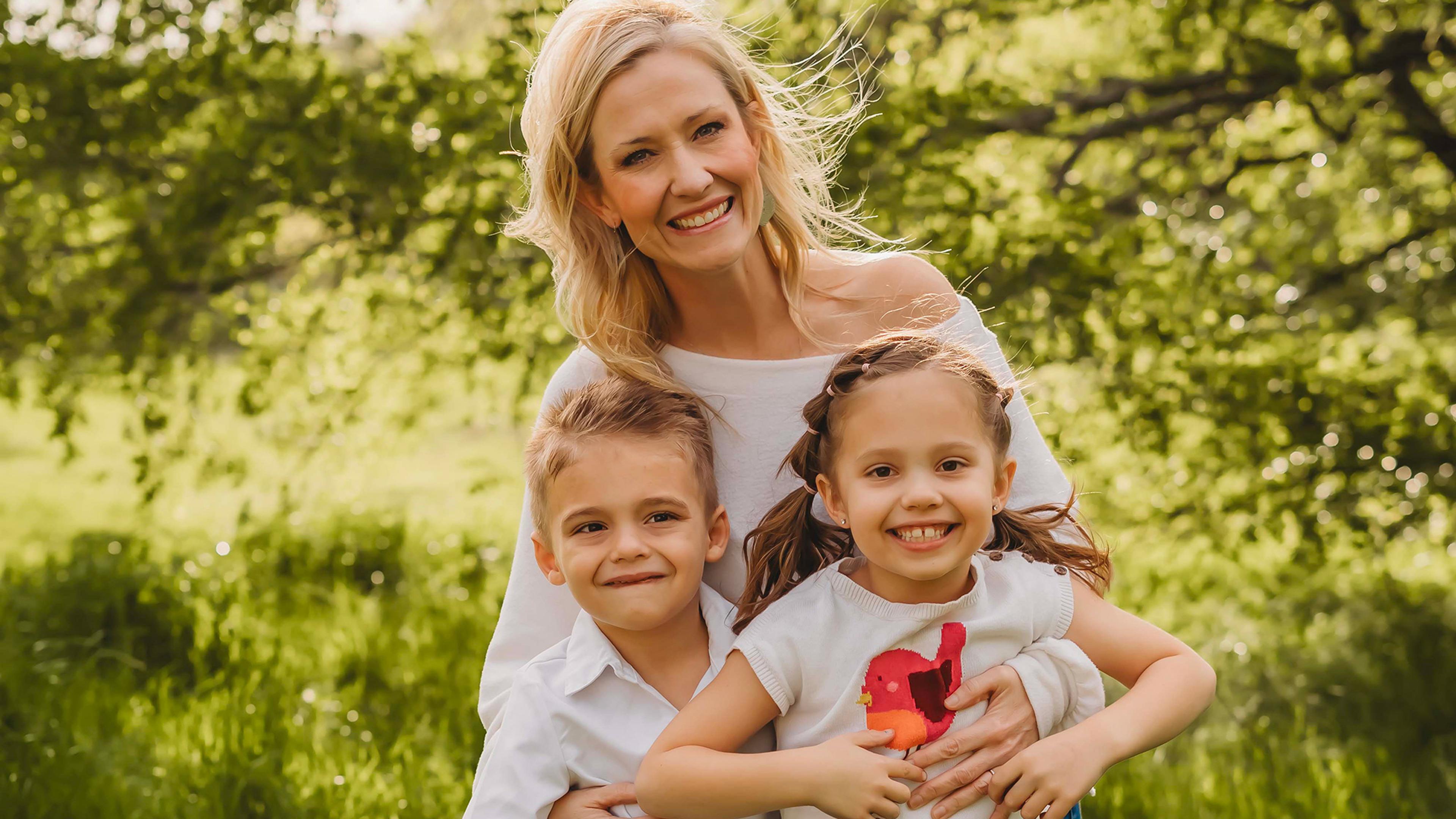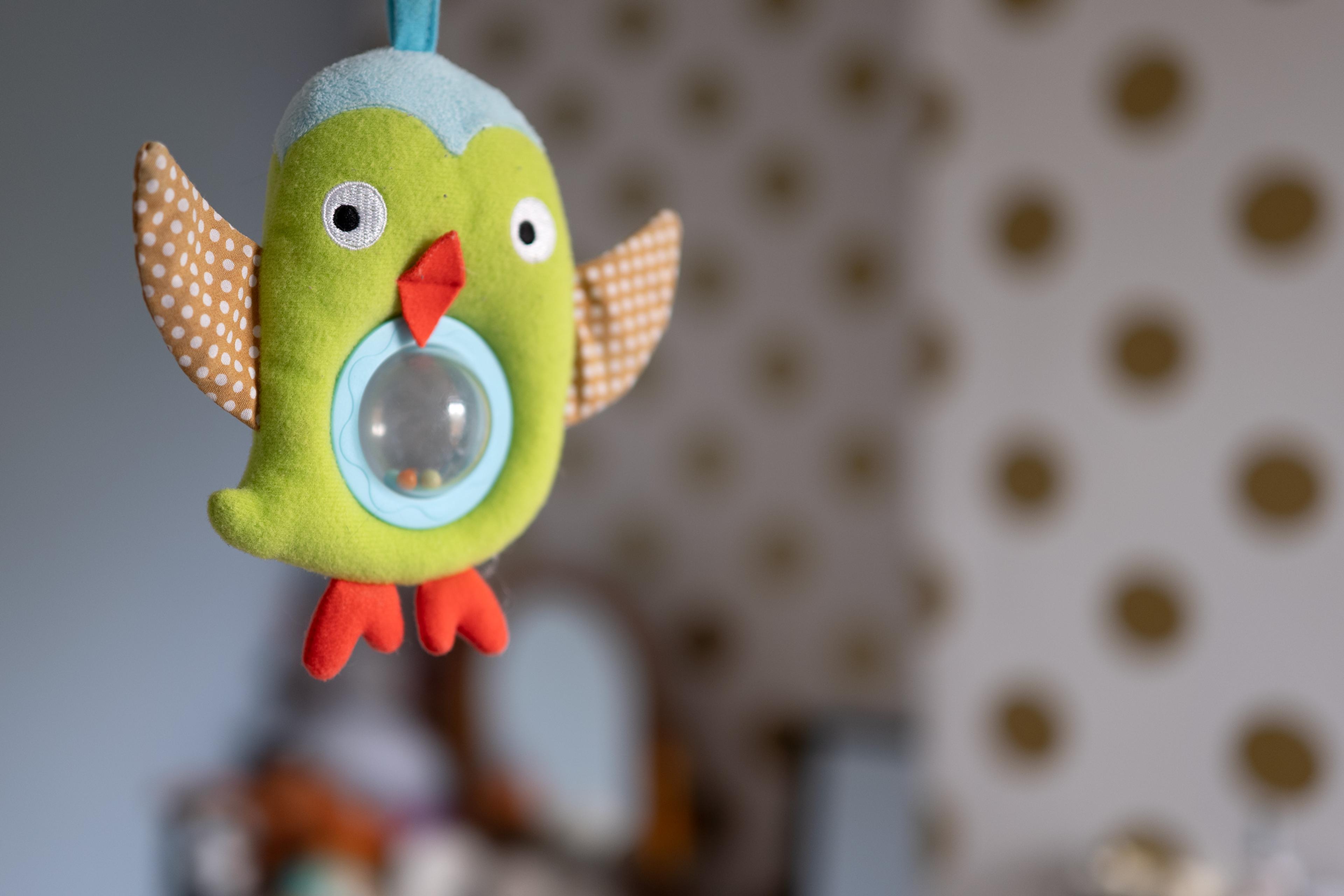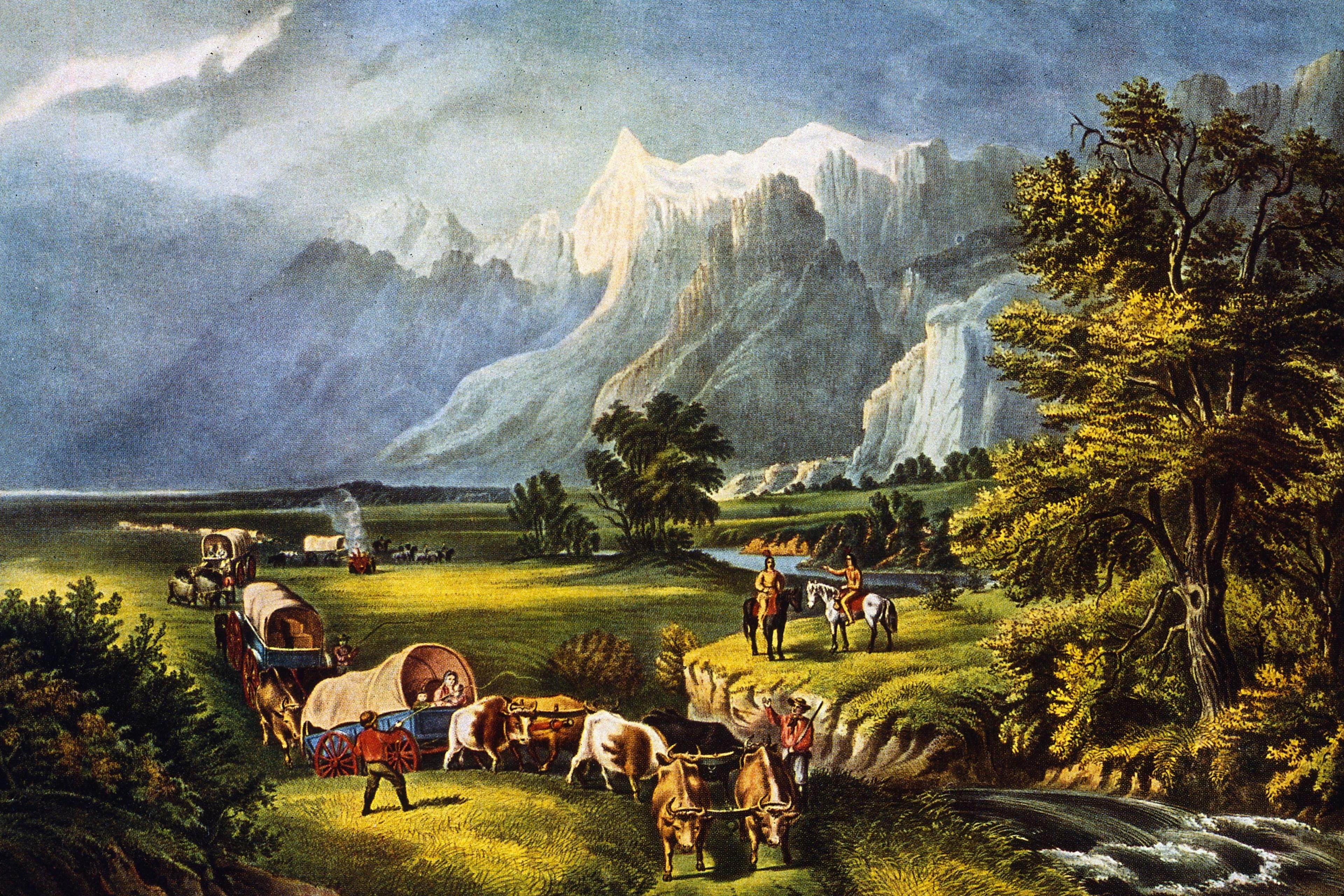I was the happiest mother on earth when I gave birth to Maxwell and Riley in March 2017. But I quickly started noticing that Maxwell wasn’t hitting the same developmental milestones as his sister. I had a perfect benchmark because they were twins, and I saw that Maxwell couldn’t hold his neck. He didn’t have muscle tone and he was floppy.
At first, doctors said that boys sometimes develop slower than girls. But when Maxwell turned 10 months, I realised he had never used his hands, not once in his life. And when I told doctors that, their tone changed – not as in ‘Well, something’s wrong,’ but something is terribly wrong.
We took Maxwell to the ophthalmologist because we thought maybe something was wrong with his eyes and he just couldn’t see. And it was the ophthalmologist who said: ‘I can tell you that nothing is wrong with your baby’s eyes, but something is wrong with his brain.’ A rare disease, he added, was likely the cause.
We went through a long diagnostic odyssey with a lot of super-invasive tests. Maxwell got poked and prodded so much. We fought with our insurance to get genetic testing. When we finally did genetic testing, we got the diagnosis. Maxwell had the disease that not only had no cure, but it didn’t even have a name. It was ‘too rare to care’. He had a mutation in a gene SLC6A1. The doctors said: ‘Don’t bother Googling. Start preparing for your child not to live.’
I was so frustrated in that diagnostic room because all they gave me was a five-page article about SLC6A1 that made zero sense to me. I asked: ‘Is this all you know?’ and they said: ‘Yes. Hopefully you’ll become the expert, and you’ll educate us.’
My husband, a six-foot-two college football guy, started bawling so bad his shoulders were shaking. I knew right then that if anything was going to be done, it was going to be done by me, and that was OK, because a determined mother does better work than the FBI. I grabbed my husband’s knee and said: ‘Stop crying. This is not going to be our story. This is not going to be Maxwell’s story.’ And I asked the doctors: ‘If your son had that, what would you do’? And they said: ‘Start calling scientists.’
I quit my job as an equity analyst that day, and started calling. I called people studying my gene in the US during the day. I called people in Europe early morning. I called people in Asia and Australia at night, asking them: ‘Can you help explain my gene and how do we fix it?’
Today we know that there are about 500 children with SLC6A1 in the world
I found out that the SLC6A1 gene makes a protein called GAT1, which clears away the brain’s main calming chemical – a neurotransmitter called GABA. GABA acts like a brake for the nervous system, slowing things down and keeping the brain from becoming overactive. But a mutation in SLC6A1 disrupts the balance, causing GABA to build up or malfunction.
Children with SLC6A1 mutation suffer from seizures, so I also called scientists who studied epilepsy and asked: ‘Can you study SLC6A1? I’ll raise money for you to study it.’ Having a financial background helped. I created the nonprofit SLC6A1 Connect, which helped me connect with other parents of children with this mutation. Today we know that there are about 500 children with SLC6A1 in the world, so the disease is not really as rare as doctors thought, after all.
Gene therapy could fix Maxwell’s problem, and there are about a dozen scientists in the world who are really good at studying that. So I physically flew to look each one of them in the eye and say: ‘I can see from your publications, you’re brilliant, but I need to understand if you’re the right match for my family.’ I just wanted to gauge if they felt the same passion that I did to help kids, and I showed them pictures of Maxwell and Riley.
All roads led to Steven Gray at the University of Texas Southwestern, because he has this tremendous sense of empathy and really wants to help children. He puts in 80-hour weeks, not because he’s making millions, but because he loves the faces behind these nameless diseases. He’s now working on gene therapy for SLC6A1. Meanwhile, I moved my family from Denver to Frisco, Texas, to be closer when it’s ready.

Amber and Maxwell. Courtesy Richard Hill Photography
You’d have to test gene therapy in mice first, but there were no mice with SLC6A1 mutations. I found a company in Asia that made these mice specifically to study Maxwell’s disease. We call them Maxwell mice. But gene therapy would take a while, so I started looking into what we could do for Maxwell in the meantime. He had to take epilepsy drugs, which have terrible side-effects – tiredness, dizziness, sleepiness, mood swings. So I found Jeanne Paz at the Gladstone Institute of Neurological Disorders, who used the mice to understand Maxwell’s condition better.
To date, our nonprofit has raised about $5 million for research. So, in 2021, the nonprofit paid for a clinical trial at Weill Cornell Medicine in New York, to treat 10 children with SLC6A1 mutations with a drug called Ravicti. This drug is usually used for a different disease, but doctors thought it could help with seizures. And it did. Maxwell flourished that year! He gained new skills and began speaking in sentences.
We’re trying to figure out if I need to give him his rescue meds, or drive straight to the closest ER
Maxwell now goes to a public school in Frisco, Texas, which has amazing teachers for children with special needs, but this year has been super tough for him. He’s having freezing episodes, kind of like a Parkinson’s patient. He’s regressed this year in school. He lost more skills than he gained.
I am often surprised by things he can or cannot do. One day he can sing along with Elvis Presley to ‘Hound Dog’, but the next day he can’t remember how to fully dress himself or where his dirty clothes go. Riley is a big help. She’ll be in the backseat with Max and she’ll say: ‘Mom, Maxwell’s freezing again, what do you want me to do?’ And I’ll say: ‘Start pinching him. Clap. Try to get his attention.’ Because we’re trying to figure out if he’s having a prolonged seizure and I need to pull the car over and give him his rescue meds, or drive straight to the closest ER.
My goal for this year is to advance gene therapy into the clinic. We are raising $4 million more for it. I’ve thought about some interesting ways to do it: people put their names on buildings so I’m offering to name the drug after a charitable partner. Really, that’s the ultimate legacy – to help so many others.
I often think about the moment when Maxwell will receive his gene therapy. I think it’s going to be so many emotions, hope and relief but, equally, I think I’ll feel pretty scared because he’ll be one of the first. He is a human guinea pig that we’re doing an experiment on.
The next phase of science is going to be patient-led. We can make things happen
I also think about how this journey changed me. I definitely emerged from it stronger – there’s nothing a determined mother can’t do! And I’ve seen the absolute best of humanity, watched esteemed scientists and doctors drop everything to help another human being. So many people came together to help a little kiddo with a rare disease.
I put an entire community together that didn’t exist before when this was a nameless disease. And it’s no longer nameless. In 2026, it’s due to be formally recognised as a disease and included in the International Classification of Diseases, which will allow us to track the number of diagnoses. Now, when a child with SLC6A1 ends up in the ER, nurses will be able to use this code to see what medications they can use, and which are contraindicated. All that shows that the next phase of science is going to be patient-led. We can make things happen.
When people ask me how I managed all that, I thank my faith. My faith gives me a lot of strength, and I don’t know how I would have come this far without it. When doctors told me in that diagnostic room that nothing can be done, in that moment I think the Holy Spirit prompted me not to believe those words. Whatever people believe to be a higher power, I understood it as a mother, and I had the instinct and faith to keep walking, to keep going.
I still do. I don’t know if I’ll be successful, but I’m going to die trying.








